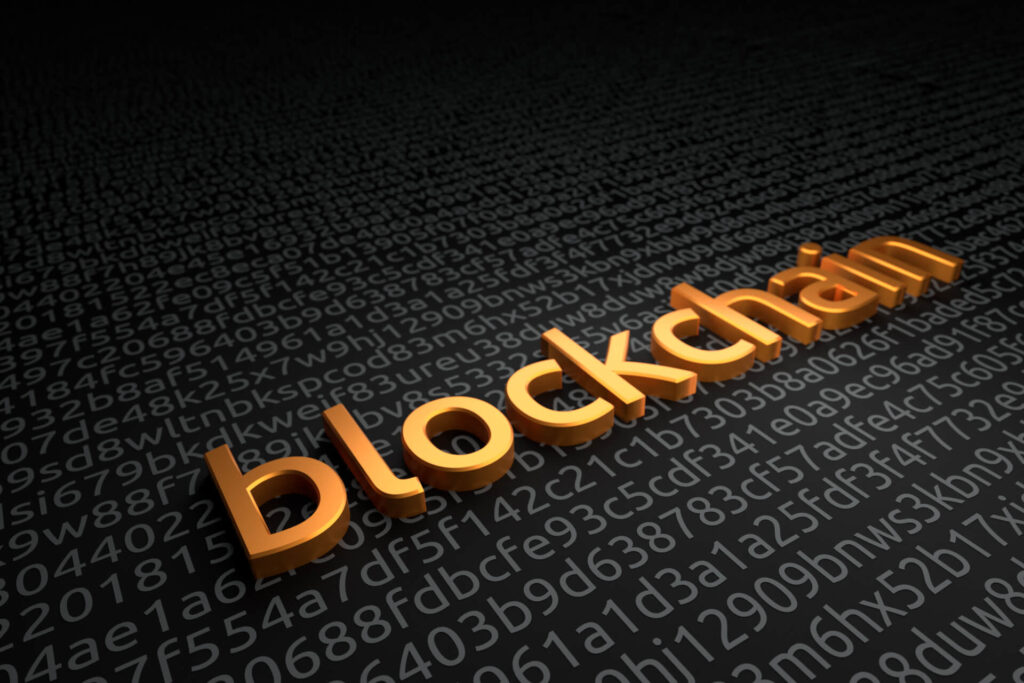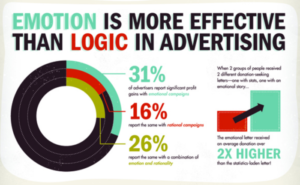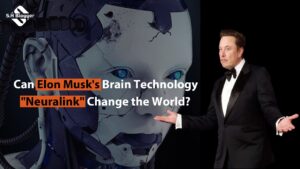It is a fact that in 2020 the number of Internet of Things (IoT) devices surpassed 20 billion. It is a figure projected to more than double by 2025. And you know the fact that at the same time, blockchain technology, once synonymous only with cryptocurrencies like Bitcoin, is experiencing fast adoption in multiple sectors. According to Gartner, blockchain will generate $3.1 trillion in new business value by 2030. These two amazing technologies, when combined promise to redefine industries from healthcare to supply chain management.
Blockchain, the basic technology cryptocurrencies give a decentralized as well as secure way to manage data and IoT which is a network of interconnected devices that collect and exchange data, has transformative ability in its own right. At their intersection you should know that these technologies create strong, secure systems that can handle huge amounts of data with full efficiency. This blog explores how blockchain and IoT can change various industries, giving security, transparency, and operational efficiency.
Basic Principles of Blockchain
Let’s look into the basic principles of Blockchain which are given below:
Decentralization:
We are already familiar with blockchain is a decentralized ledger that records transactions on a network of computers. This decentralization guarantees that no single organization controls the data. This helps in improving transparency and decreases the risk of manipulation.
Immutability:
As soon as data is recorded on a blockchain then it cannot be changed or deleted. This immutability gives a reliable and safe record of transactions and builds trust among users.
Security:
Blockchain uses cryptographic techniques to secure data. Each transaction is encrypted and linked to the previous one. It then creates a chain of records that is extremely difficult to hack or change.
Key Components
The most common key features of blockchain are given below:
Blocks and Transactions:
A blockchain consists of blocks Keep in mind that each block consists of a list of transactions. When a block is completed then it is added to the chain in a linear, chronological order.
Consensus Mechanisms:
Another key component of blockchain is to accept transactions. As it is clear that blockchain networks depend on consensus mechanisms like Proof of Work (PoW) or Proof of Stake (PoS). These protocols guarantee that all participants agree on the validity of transactions, maintaining the reliability of the blockchain.
Applications in Current Technology
Cryptocurrencies:
We see that the most famous application of blockchain is in cryptocurrencies like Bitcoin and Ethereum. These digital currencies operate on blockchain technology. These also give a decentralized and secure way to conduct financial transactions.
Supply Chain Management:
It is a Matter of fact that Blockchain is increasingly used to better supply chain transparency and efficiency. The best thing is it helps in giving a safe record of a product’s journey from origin to consumer. Blockchain helps combat fraud, give secure product quality, and improve transparency.
IoT And its Basic Principles
Connectivity:
First, I will let you know about IoT. The IoT ecosystem consists of devices connected to the internet, helping them to collect and exchange data. This connectivity allows for quick monitoring and management of various systems.
Data Collection and Analysis:
IoT devices collect huge amounts of data from their environment. This data is then analyzed to give information, automate processes, and improve decision-making.
Key Components
The main components of IoT are given below:
Sensors and Actuators:
The very first component of IoT is its sensors. Sensors are the primary data-collecting components in IoT devices as well as detecting changes in the environment. Actuators, on the other hand, are responsible for taking action based on the data received like adjusting the temperature in a smart thermostat.
Communication Networks:
These networks help devices to communicate with each other and with central systems. Technologies like Wi-Fi, Bluetooth, and cellular networks are commonly used to connect IoT devices.
Applications in Current Technology
Smart Homes:
When we look closely, we see that IoT technology is changing homes into smart homes, where devices like lights, thermostats, and security systems can be controlled remotely and automated for convenience and energy efficiency.
Industrial Automation:
And when we see it in industrial areas IoT is used for: Automating processes
- Predictive maintenance
- Improving operational efficiency
Connected machinery and sensors give immediate or live data and help in proactive management and minimizing downtime.
The Cooperation between Blockchain and IoT
You may wonder what is the relationship between blockchain and IoT, let’s explore it. Blockchain can improve the security of IoT devices and the data they generate. But it is also a fact that IoT devices can easily be hacked due to their limited processing power and outdated security measures. The best thing is Blockchain’s decentralized nature guarantees that data is stored on distributed network which makes it much harder for hackers to change or corrupt the data. Each transaction is encrypted and linked to the previous one and gives a secure record.
Let’s consider a smart home system where each device communicates with a central hub. If a hacker gets access to the hub, they can control all connected devices. with the help of blockchain, each device would have its own secure identity and communicate directly within a decentralized network. This can decrease the risk of a single point of failure.
Decentralized Networks
Decentralization is a basic principle of blockchain that gives mint l benefits to IoT networks. You must know that a centralized IoT network, a central server processes and stores all data, which can create bottlenecks and single points of failure. A decentralized IoT network, on the other hand, distributes data processing and storage on many nodes. This improves reliability and efficiency.
In industrial automation, machines equipped with IoT sensors can operate independently yet collaboratively in a blockchain network. This setup allows for quick data sharing and decision making without depending on a central system. This decreases downtime and improves overall efficiency.
Data Integrity and Transparency
Data integrity is very important in IoT applications, where data from sensors and devices make important decisions. Blockchain gives a permanent ledger where each piece of data is cryptographically secured and verifiable. This feature is particularly important in scenarios where data accuracy and trustworthiness are paramount.
In supply chain management, for example, blockchain guarantees that each step of a product’s journey is recorded transparently and immutably. This transparency not only helps in verifying the authenticity of products but also in identifying and addressing inefficiencies or issues in the supply chain.
Application of Blockchain and IoT
Let’s see the most common applications of Blockchain and IoT:
Supply Chain Management:
Blockchain and IoT are changing supply chain management by providing track-and-trace capabilities that improve transparency and efficiency. IoT sensors can monitor conditions such as temperature and humidity. On the other hand, blockchain records each transaction and movement of goods in an immutable ledger.
One notable example is IBM’s Food Trust network, which uses blockchain and IoT to track the journey of food products from farm to table. This system improves food safety and makes it easier to trace contamination sources and guarantee product authenticity.
Healthcare:
In healthcare, blockchain and IoT can secure patient data and improve monitoring capabilities. IoT devices like wearable sensors can continuously collect patient health data, which is then securely stored on a blockchain. This setup makes sure that patient data is both accessible and secure.
Let’s take the example of a hospital where they could use blockchain to keep a secure and transparent record of patient data from various IoT devices. This system would not only protect patient privacy but also facilitate better coordination among healthcare providers.
Smart Cities:
Smart cities use IoT and blockchain to manage resources efficiently and improve the quality of life for residents. IoT devices can monitor and control city infrastructure like:
- Street lighting
- Traffic signals
- Waste management systems
And on the other hand, blockchain guarantees the data collected is secure and transparency
Conclusion
Combined with IoT blockchain is one of the most revolutionary technologies that can change the way how data and security and numerous processes in the various industries are handled across the world. Moreover, IT security of IoT networks becomes significant as, with blockchain exposure, such networks could overcome serious flaws using blockchain’s maximal security and decentralization features to make data more transparent and integral. This combination harmonizes the future of supply chain, healthcare, smart city and any other discipline wherein improvements are bound to deliver intelligent and trustworthy systems.
Issues like scalability and interoperability as well as high power consumptions are still existing challenges, however, with constant improvements and emergence of new technologies these are possible challenges. As these technologies keep on improving, their convergence is set to advance and grow hence creating a better, safer, and efficient world.
Thus, a study of the combination of blockchain and IoT for businesses and individuals can open up new opportunities for businesses, give them a competitive advantage, and be a source of inspiration. Thus, being aware of these technologies and continued development of blockchain and IoT we can in the future actively participate in the new world emerging at the crossroads of these technologies.



